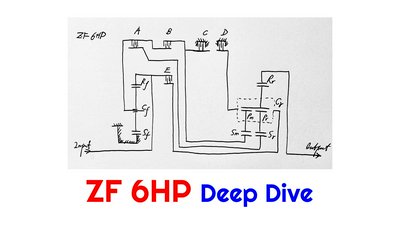techXXX
Nine Most Stunning Post-War American Sedans
Today, I talk about nine of the most stunning post-war American sedans judged by me ordered by the cars' production years.
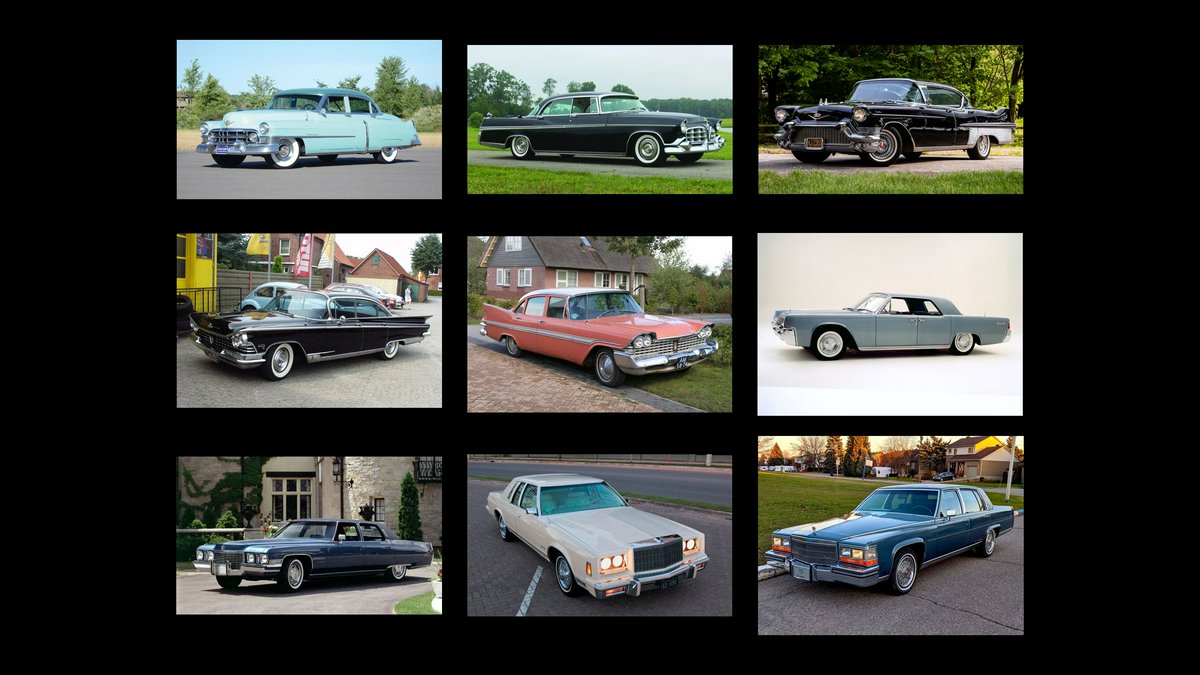
Today, I talk about nine of the most stunning post-war American sedans judged by me. Before starting, I should point out that badge engineering had been in full swing. Nevertheless, since all but one on this list have body-on-frame constructions, they usually were distinct from models sold under sister brands.
I order this list by the cars’ production years.

Cadillac Series 62 III
1950-1953
Series 62 was Cadillac’s most affordable model after WWII ended. The 3rd-generation Series 62 was the first all-new post-war Cadillac, introducing the now iconic tailfins. Like most cars of the era, it was frequently bought in coupe and coupe de Ville forms. The latter refers to coupe without B-pillar and is also called a 2-door hardtop. GM markets this design as Riviera for Buick, Holiday for Oldsmobile, and Bel Air for Chevrolet.
The 3rd-generation Cadillac Series 62 resembled pre-war vehicles but morphed to be lower and sleeker over its production run. As the next generation became fully distinct from pre-war designs, this generation was a unique blend of the old and the new.
Cadillac used essentially the same design for its Sixty Special and Series 75 of the same period as stretched, more luxurious variants.
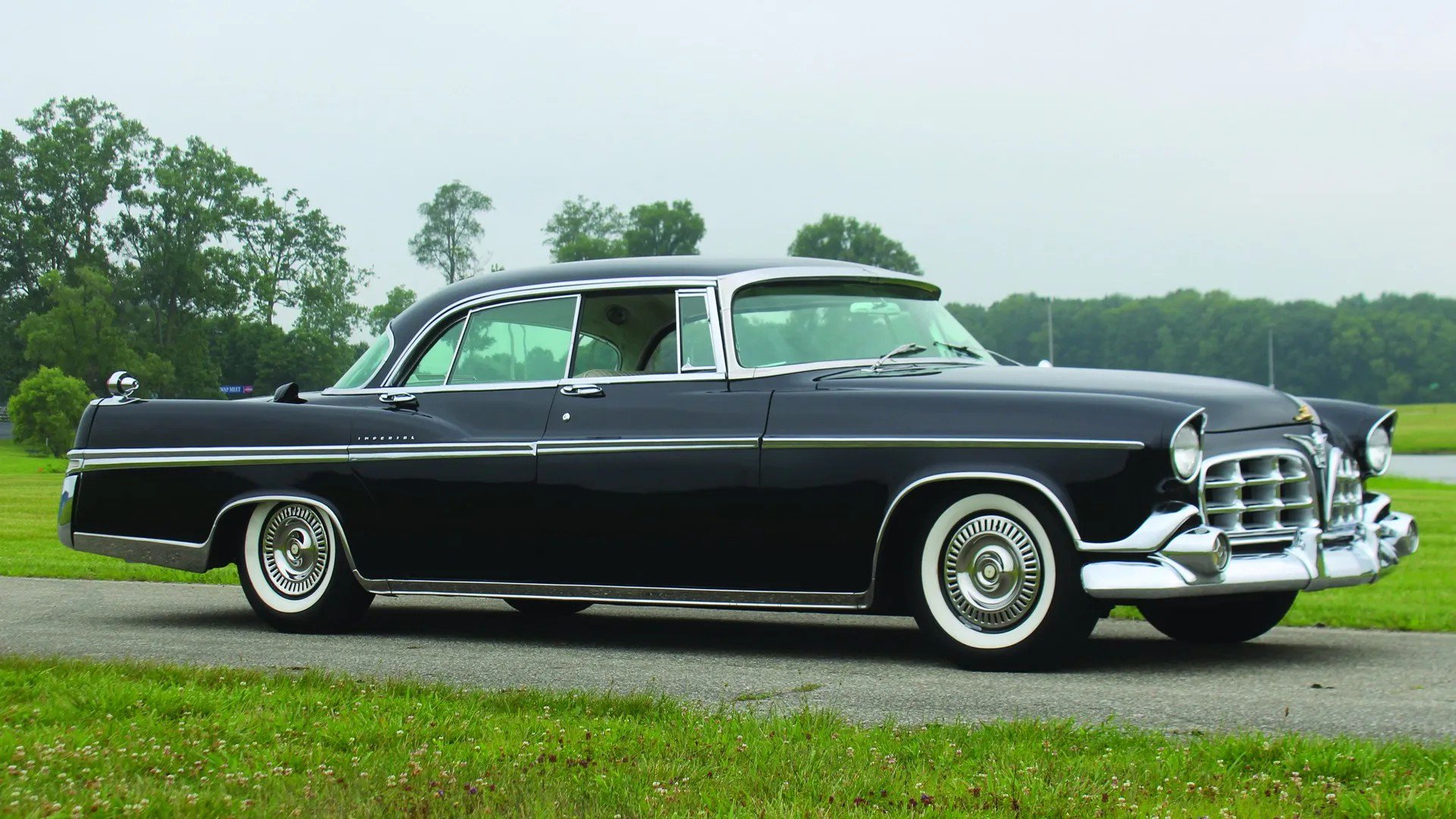
Imperial I
1955-1956
Imperial had been a nameplate reserved for Chrysler’s flagship since the 1920s. In 1955, Chrysler decided to make it a separate brand, comparable to Cadillac and Lincoln. Even though it was just a few years newer than the Series 62 above, the original Imperial had fully departed from the bulky pre-war look, being considerably sleeker. Part and parcel of the era, the Imperial had iconic tailfins.
In 1956, Chrysler introduced push button gear selection, which is only now becoming in fashion again. Also noteworthy is the introduction of pillarless hardtop coupes named Southampton, which would remain a long-running designation.
Another interesting point is that China’s Hongqi CA72 was based on this generation of Imperial.
One car that was less flashy but equally stunning today was the Chrysler New Yorker of the same generation.

Cadillac Sixty Special VI
1957-1958
Since pillarless coupes had been an enormous success, GM introduced Sedan de Ville with the last year of production of the 4th-generation Series 62. The next year, Cadillac Sixty Special, which was the more luxurious variant of the Series 62, came exclusively as a 4-door hardtop.
The car’s beautiful quad headlights, curved windshield, iconic pillarless roofline, and large tailfins marked a high point in post-war American auto design.
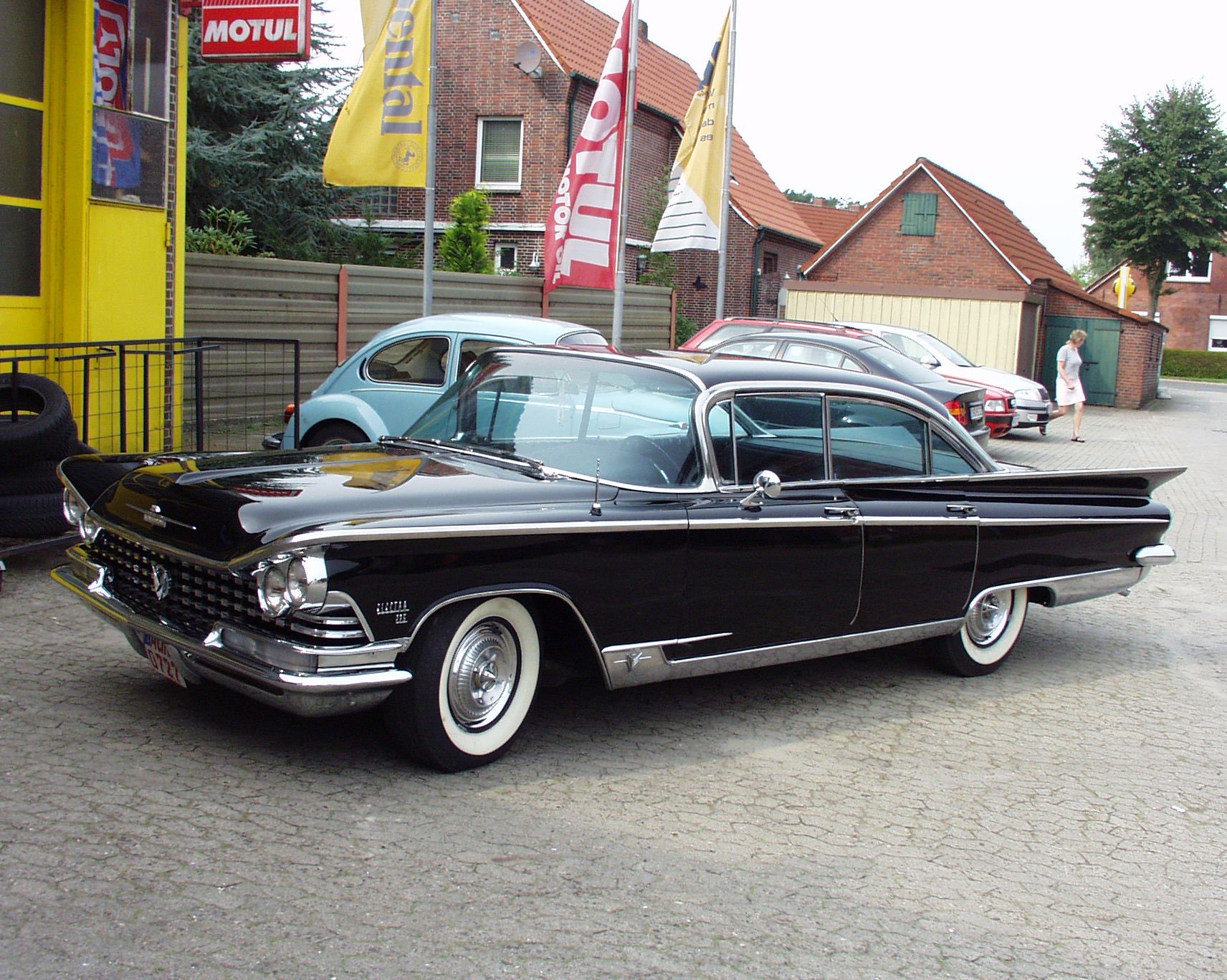
Buick Electra 225 Riviera
1959
While the Cadillac Sixty Special received a new design in 1959, Buick modified the aforementioned Cadillac styling and made a 4-door hardtop marketed as Riviera for the 1st-generation Electra 225. A unique styling choice was the slanted quad headlights. This was the year when Buick used the exaggerated “Delta fin” tailfin design on the Electra 225 Riviera. The slanted headlights and the Delta fin echoed each other.
In 1960, the car moved to a styling similar to the new Cadillacs, and the Delta fin shrank.
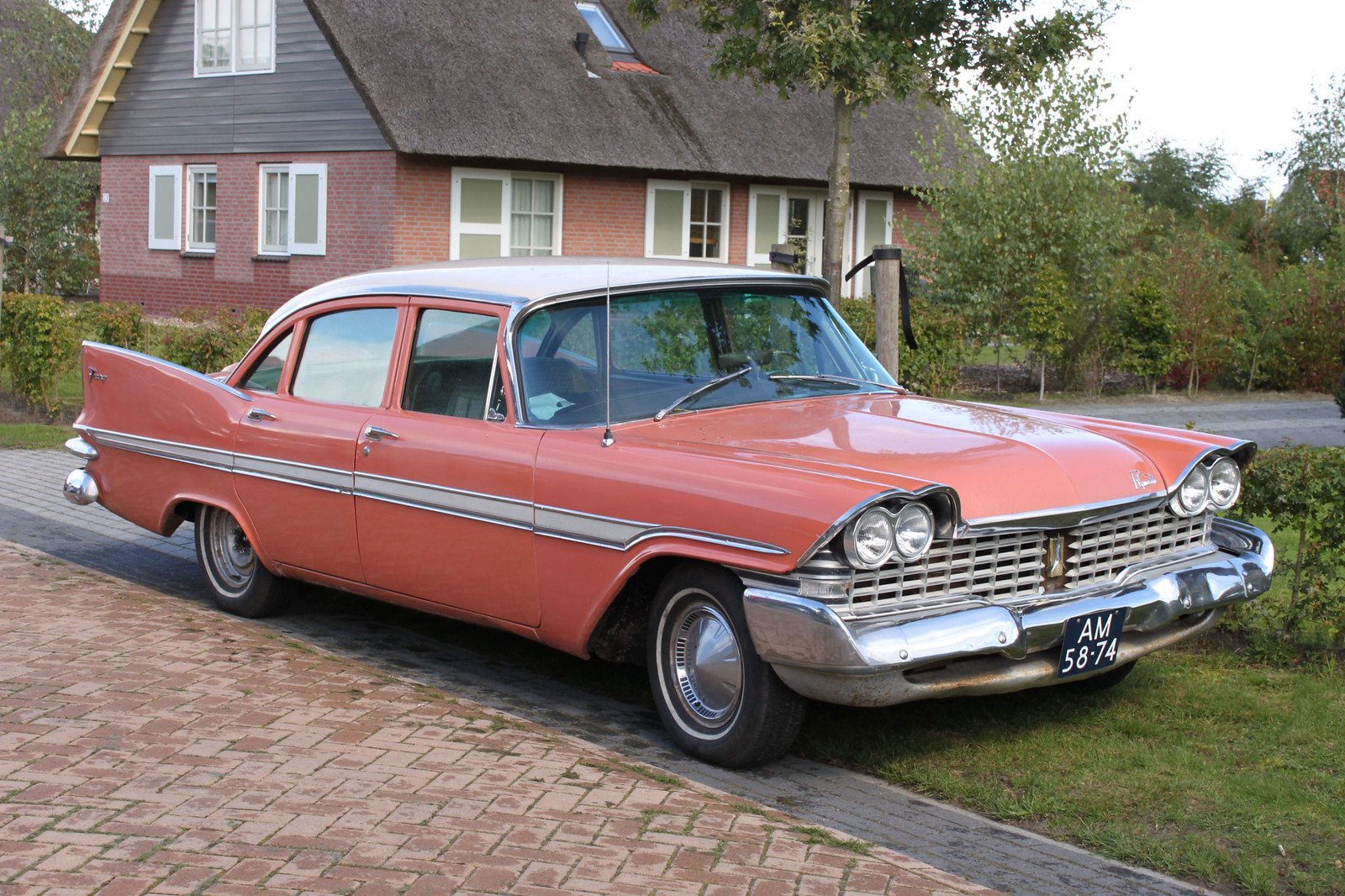
Plymouth Fury I
1959
The 1st-generation Plymouth Fury came in 1959 with one of the strongest tailfin designs. Available in both sedan and hardtop forms, among others, the Fury was a more affordable alternative to the similarly-styled Chrysler New Yorker of the period. It was smaller and lesser-engined; however, this made the Fury’s tailfins appear disproportionately larger, almost to comical scale today.

Lincoln Continental IV
1961-1969
The 4th-generation Lincoln Continental signified a completely new era of American automotive design. Unlike GM and Chrysler vehicles of similar standing at the time, the Lincoln had a unibody construction, even though it was available as hardtop and 4-door convertible.
Since we are talking about sedans today, the 4th-generation Continental sedan is an icon, appearing in many films, TV series, and comic books till today. This was the car that all American Presidents rode in for almost two decades. JFK was assassinated riding in the back of a 4-door convertible.
In my opinion, the final update in 1966 had the best frontend designs of all.
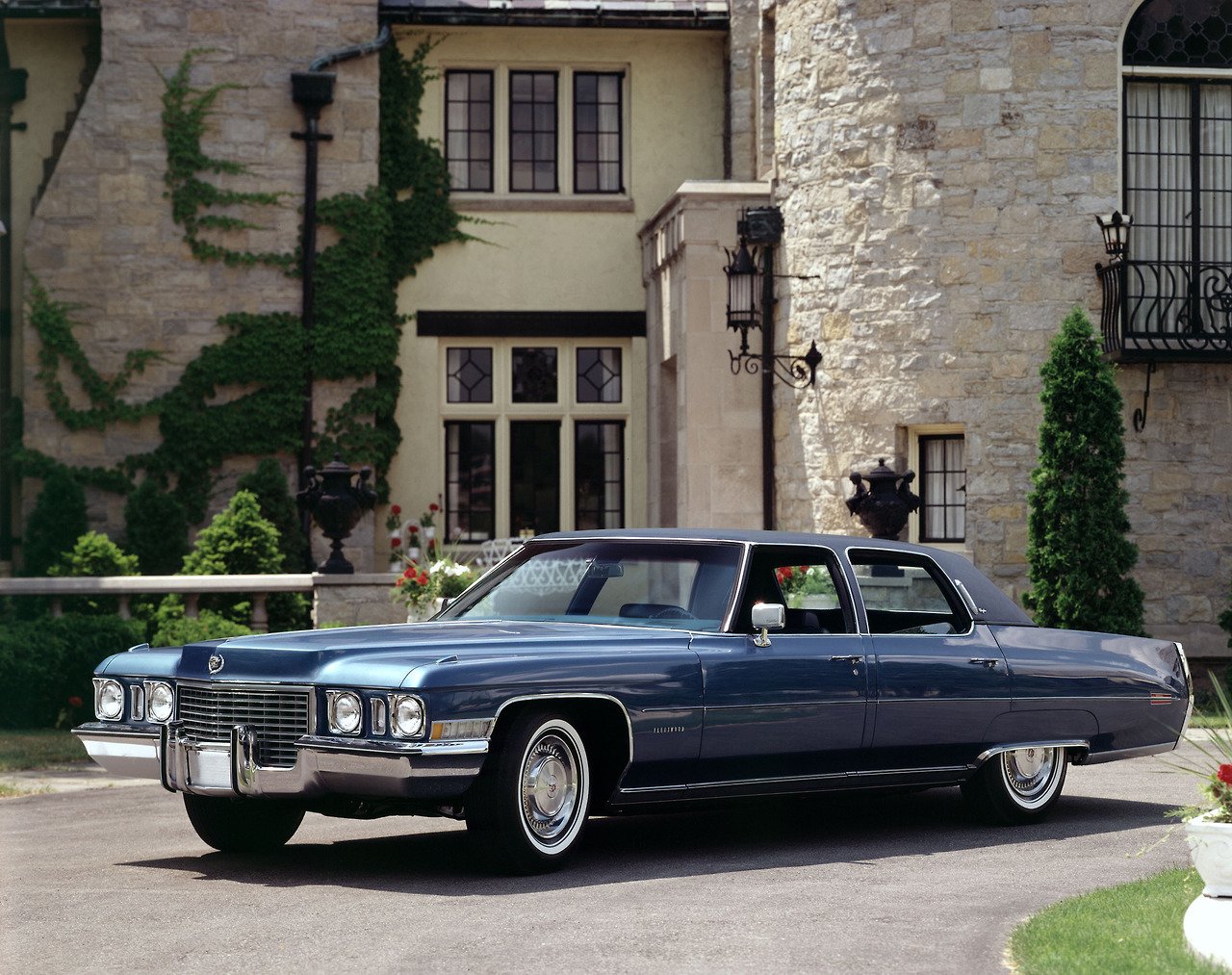
Cadillac Fleetwood 60 Special Brougham
1971-1976
The 10rd-generation Cadillac Sixty Special was only available as a 4-door sedan that bore the Brougham nameplate. This car had the unmistakable 70s look that is less expressive than cars from the 50s and 60s, probably because Americans grappled with social change of the late 60s and the Vietnam War. Still, since it was introduced before the OPEC oil embargo, this generation of Sixty Special was the largest ever.
This Sixty Special had two ultra-luxury packages, the Fleetwood 60 Special Brougham d’Elegance and the Fleetwood Talisman.
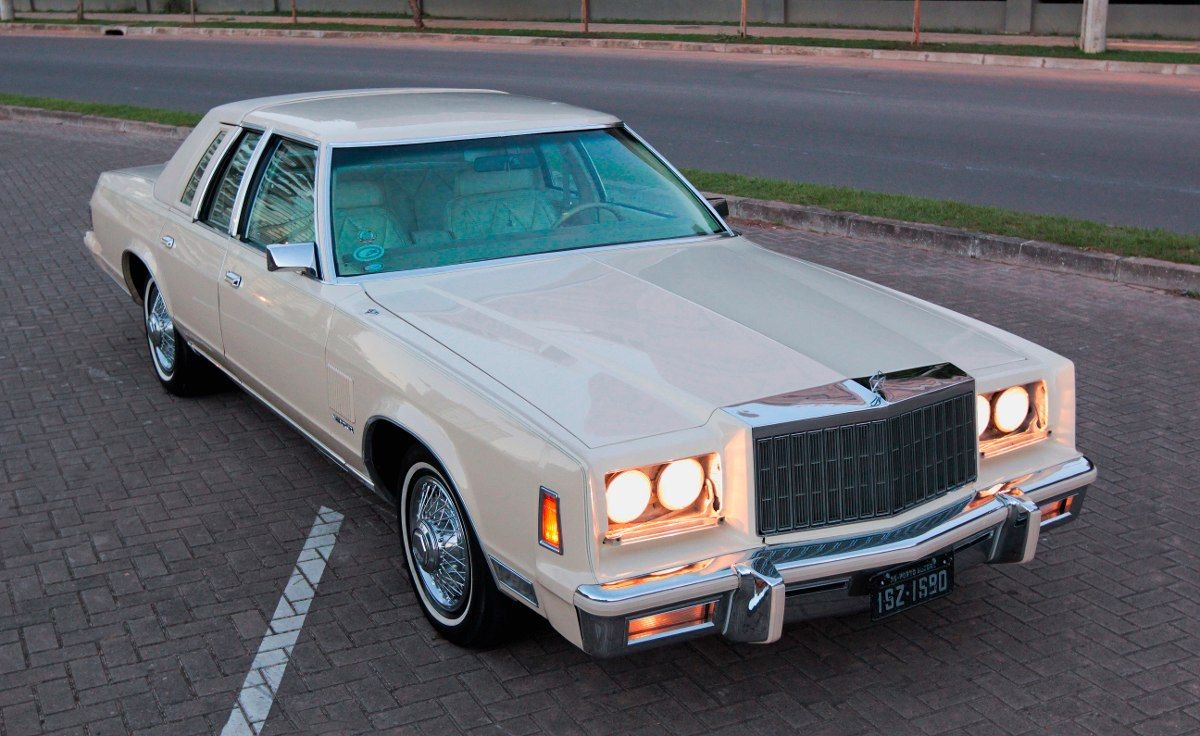
Chrysler New Yorker 1979-1981
At the turn of the 1980s, Chrysler’s flagship New Yorker shrank considerably but became more modern in styling, if not in mechanical construction. Some of its unique design features include hidden headlights and full-width taillights. The quarter window on the rear doors with vinyl trim pieces completed this vehicle.
Even though this generation of New Yorker was made in the height of the Malaise Era, it was one of the high points in exterior styling that came out of Detroit.
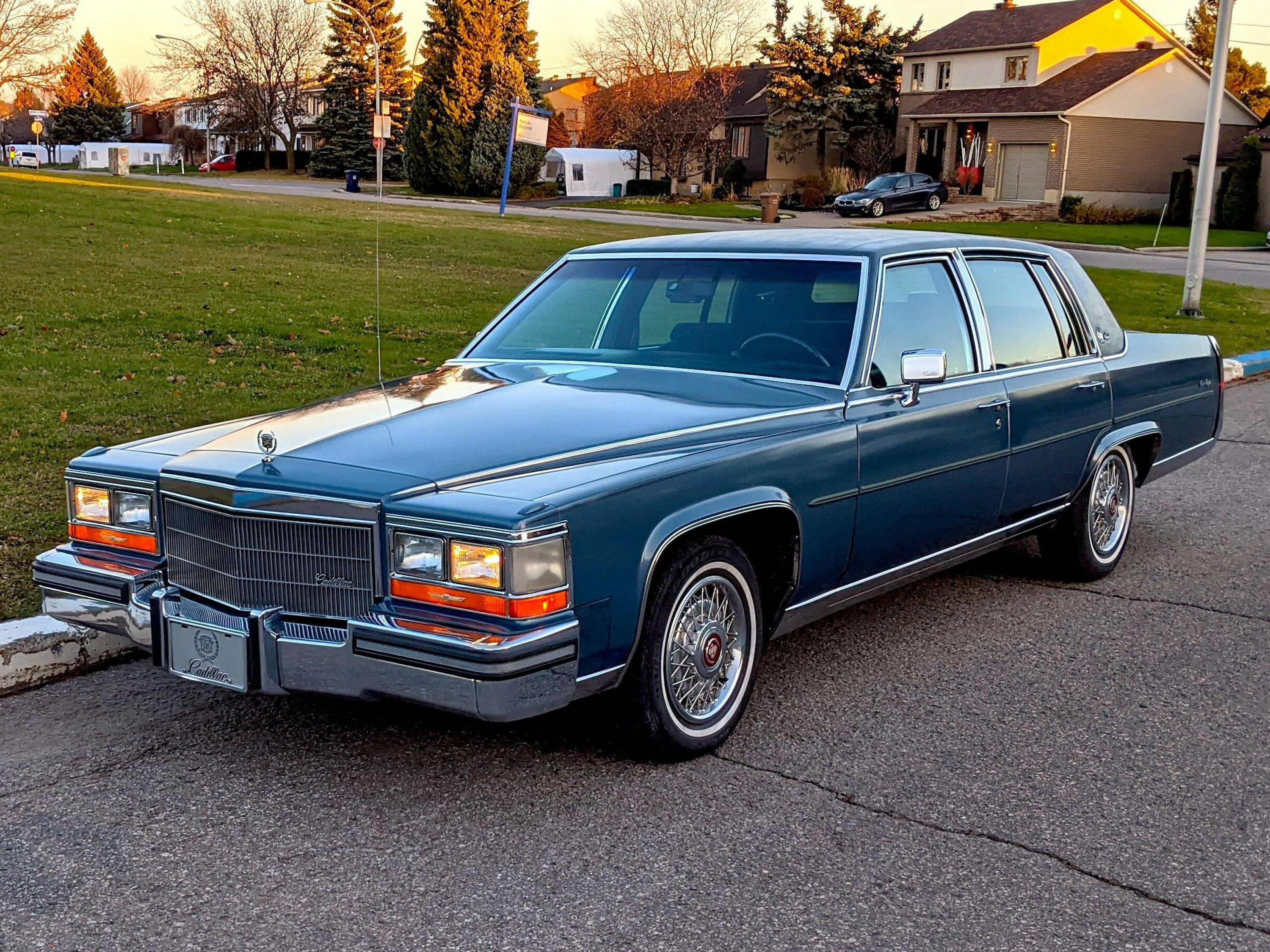
Cadillac Brougham
1986-1992
The Cadillac Brougham was the successor to the Fleetwood Brougham, which was the successor to the long-running Sixty Special. While the name changed a lot, the car’s styling received only minor tweaks over the two decades since the aforementioned 10th-generation Sixty Special.
The Brougham was introduced at a time when the Germans and the Japanese took over the American automotive market. It remained body-on-frame and but decidedly a step down from its predecessors in market positioning and build quality.
In the new century, even the best from the Big Three are no longer synonymous with luxury and exclusivity. I wanted to place some examples this side of 2000 on this list, but none has stunning exterior designs. As consumers move away from this form factor across the globe, and as American automakers shy away from developing new sedans, this list may not be extended for a long time.


